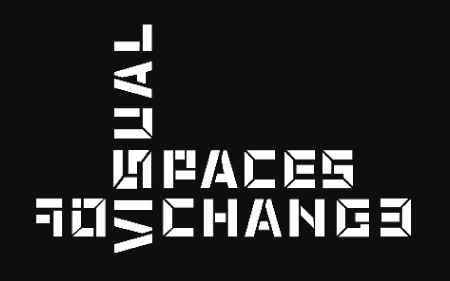The set of images presented here constitutes a brief formulation of the result of a research project, which was concretized in a multiform printed object called Clareira. In this digital version, curated by Pedro Leão Neto and Né Santelmo, the aim was to create a visual narrative capable of communicating the essence of the photographic project, creating a series with a new dynamic. It is through the way the images are combined in the several pages that key elements of the photographic project are perceived and strengthened as, among others, the experience of the place, presences, absences and passages.
From a phenomenological perspective, Clareira proposes a visual approach that intends to contribute to the representation of the architectural space, as a place of experience. The Trindade subway station, for its condition of public space, at the same time building and square, daily crossed and appropriated by a great diversity of people, was chosen as a laboratory of experimentation of visual strategies through which the relationship of this space with the human and environmental elements that permeate it is observed and from which a reflection on the perspective from which the space is observed is also rehearsed.
The project is thus demarcated from approaches focused on communication and interpretation of architectural ideas, focusing on material existence, dynamics of use and the becoming of the work. The plastic language used seeks to distance itself from the formal legacy of photographic objectivity, still dominant, assuming a markedly subjective perspective and claiming the influence of authors such as Guido Guidi, Michael Schidmt and Rut Blees Luxemburg.
Peter Zumthor appears as the main theoretical reference, in the search for a positioning of oneself, and an attitude towards reality, characterized by an attentive and available physical presence, centered on sensory perception. It was from this way of being that a way of communicating the experience was sought, or in other words, a photographic approach. Clareira invites the viewer to take the author's place and observe the photographic traces of moments in which the magic of reality manifested itself somewhere between subject and object.


 Eduardo Souto Moura
Eduardo Souto Moura










